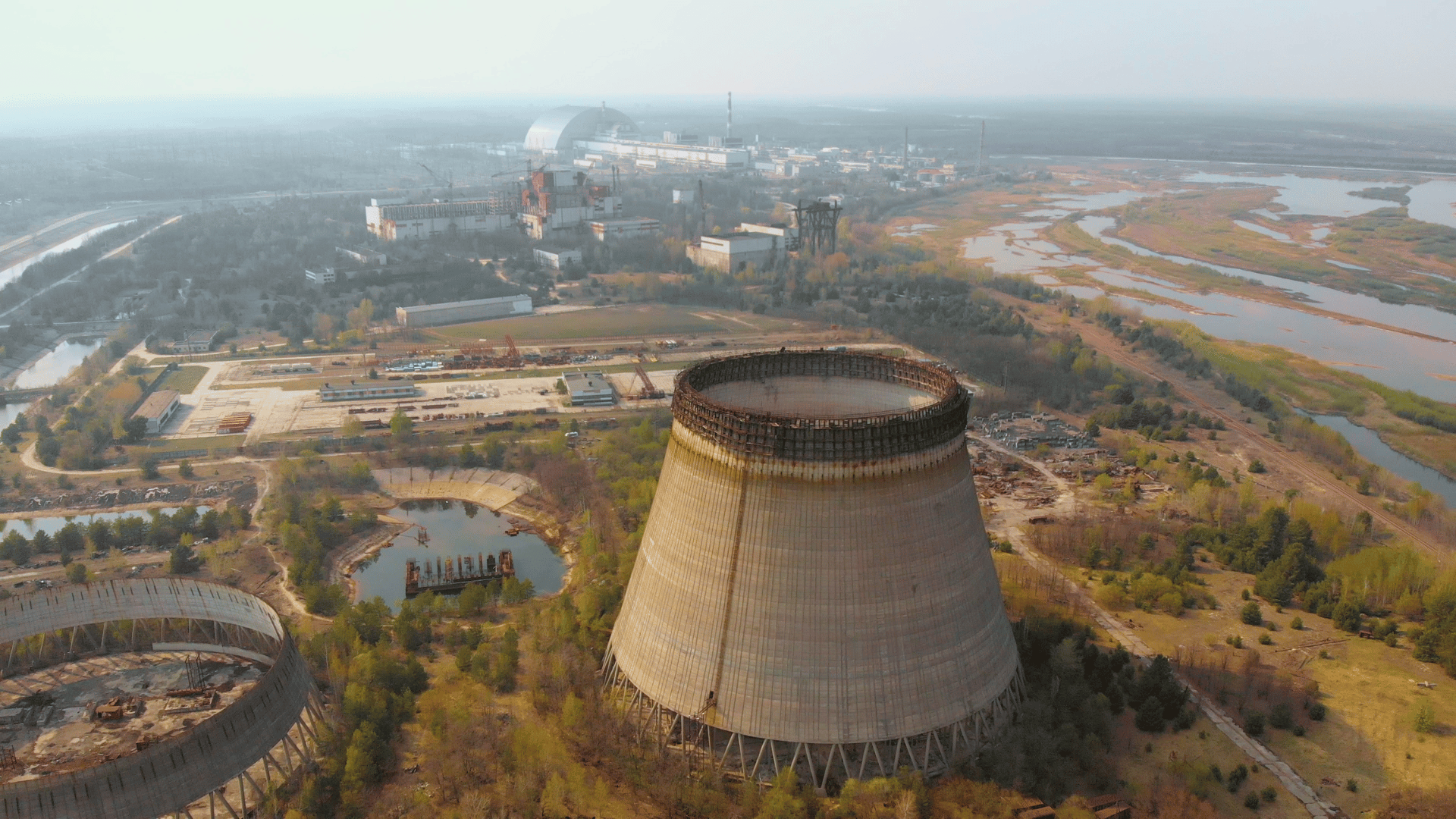Ukraine’s nuclear regulator has approved the release of the first 20 tons of carbon steel from the Chernobyl Nuclear Power Plant (ChNPP) for reuse nationwide. This action is a crucial step in managing the major task of dismantling the plant while simultaneously reclaiming valuable materials.
The released material was generated during the extensive process of dismantling plant equipment. To ensure absolute safety, the steel underwent rigorous screening at the site’s dedicated facility.
Turning Nuclear History into Assets

Chernobyl Nuclear Power Plant (ChNPP) operators confirmed the material “was fragmented, decontaminated, and then thoroughly checked at the Free Release Facility FRM-03 using gamma-spectrometric monitoring” before being cleared. This extensive protocol ensures that only materials confirmed to be free of residual radioactivity can exit the exclusion zone.
The significance of this operation extends far beyond waste management.
According to the power plant operators, this initiative holds wide-ranging benefits for the nation. “Launching this process is an important step not only for the Chernobyl NPP but for Ukraine as a whole,” they said. “Environmentally, it helps reduce the amount of radioactive waste.”
Operators added, “Economically, it allows additional funds to be directed to decommissioning activities and helps ease the burden on the State Budget of Ukraine. Most importantly, it demonstrates the reliability and effectiveness of Ukraine’s radiation monitoring system.”
The specialized Free Release Facility, which entered industrial operation in September and can process up to 10 tons of material daily, was established with crucial funding from the European Union.
The State Nuclear Regulatory Inspectorate of Ukraine explained that this approach “is in line with best international practice and makes it possible to minimise the amount of radioactive waste requiring further treatment and disposal, while at the same time returning a significant amount of valuable materials to the national economy for further use for the public good, with the unconditional protection of the population and the environment.”
This initial 20-ton batch is just the beginning.
The next stage involves expanding this critical process to include materials from the three power units currently being decommissioned. While the site of the 1986 disaster continues its decades-long cleanup, the reuse of materials signals a slow but steady transition. The decommissioning is proceeding alongside long-term plans to potentially reduce the size of the 4,200-square-kilometer Chernobyl Exclusion Zone.
In addition, consideration is given to the site’s suitability for hosting modern small modular reactors, marking a hopeful pivot from disaster to future energy innovation.







